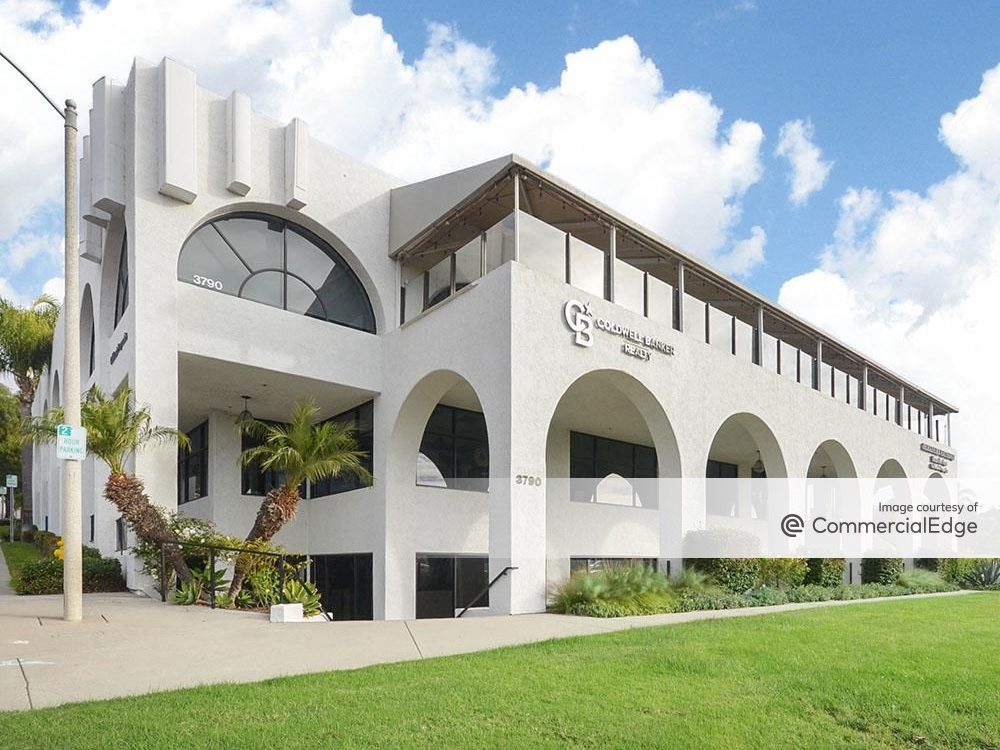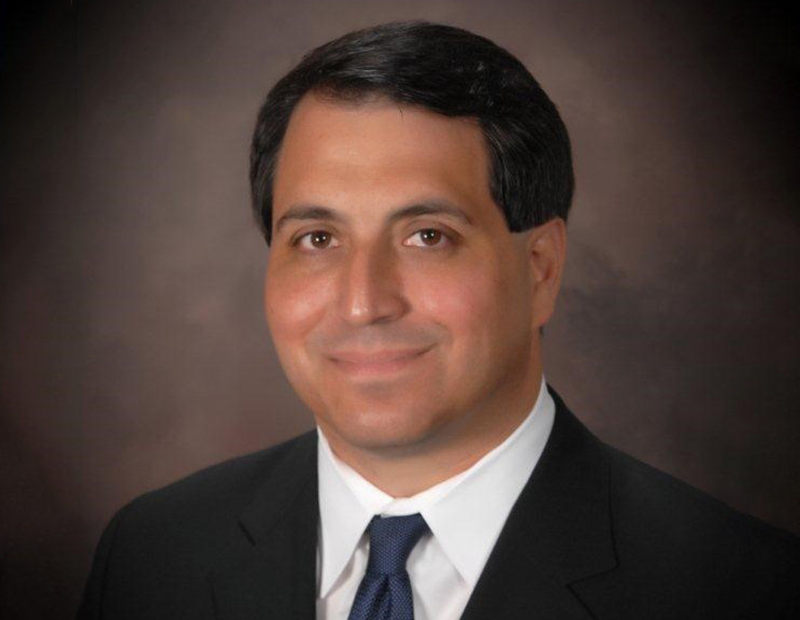Q&A with Jon Boley, Senior VP of Acquisitions & Development for HSA Commercial
Boley discusses how the firm evaluates a potential healthcare real estate investment and how the Affordable Care Act is impacting the healthcare real estate industry.
By Adriana Pop
As demand for healthcare services increases–expenditures topped $3 trillion in 2014 and are expected to nearly double to $5.5 trillion in 2024–so, too, has demand for healthcare real estate, with total sales volume hitting peak levels in 2015.
CPE spoke with Jon Boley, senior vice president of acquisitions and development for HSA Commercial Real Estate and HSA PrimeCare, about the key factors the firm evaluates before making a healthcare real estate investment. Boley also explains how the changes brought about by the Affordable Care Act are influencing the real estate decisions of health systems across the country.
Earlier this year, HSA PrimeCare entered into a $100 million joint venture with USAA Real Estate to acquire and develop outpatient healthcare real estate assets across 11 states throughout the Midwest. The venture’s first acquisition was a 97,375-square-foot portfolio of medical office assets located in northwest Indiana and Tinley Park, Ill. HSA PrimeCare has also made investments of its own, recently acquiring the 42,000-square-foot Elizabeth Park South Medical Center in Lincoln, Neb.
CPE: What criteria do you consider when you’re looking at a potential healthcare acquisition?
Boley: There are three main criteria that we take into consideration when looking at a potential healthcare acquisition. First, we consider the sponsor or anchor tenant of the building. A hospital or physician group with a strong market share is the ideal tenant, so if the building already has a strong anchor tenant, that’s certainly a plus. On the other hand, if we’re able to add value to an acquisition by partnering with a healthcare system and bringing them into a building, then we look closely at how the subject location fits within the provider’s existing service platform, including the lead tenant’s other outpatient facilities. We also consider the location’s proximity to nearby hospitals, as well as the other clinical services provided in the building.
Second, we consider the location of a site. Proximity and convenience to the anchor tenant’s target patient population as well as demographics, visibility in the marketplace and ease of access are all important factors, particularly in comparison to competitive properties.
And third, we look at specific property characteristics, which include the age of the building, parking counts (the target being five spaces per 1,000 square feet), and building flexibility to adapt to current and potential future healthcare requirements. Older buildings (20+ years) can be challenged by smaller floor plates and lower ceiling heights, as often times they were originally constructed to accommodate smaller physician practices. Over the last several years, there has been significant consolidation of physician practices driven by the passage of the Affordable Care Act (ACA), leaving few small independent practices. Consequently, buildings need to be able to accommodate large multi-specialty practices with a central check-in point, which requires larger floor plates and higher ceilings.
CPE: How do these factors differ for on-campus vs. off-campus facilities?
Boley: The focus for off-campus properties is more on retail factors: visibility, access and location of competitive facilities. For on-campus facilities, connectivity to the hospital, convenience of parking, age of the building and its adaptability to future healthcare requirements are all major considerations.
CPE: What changes did the Affordable Care Act bring to the healthcare real estate industry?
Boley: The ACA has driven the consolidation of hospitals and physician practices in many markets as providers look to gain economies of scale and greater market share. In some cases, this has resulted in duplication of service locations. In the aftermath, hospitals and health systems have taken a step back to evaluate their real estate strategies and are beginning to consolidate locations into larger facilities or move physicians to locations with higher volume.
CPE: How is the healthcare market evolving and how are the real estate needs of clients changing?
Boley: Providers are increasingly looking for ways to cut costs. Technological advancements now allow for many procedures to be conducted off-campus, so lower acuity services are being moved to outpatient settings that are more cost-effective than on-campus facilities. In addition to cost savings, many neighborhood-level centers offer added convenience to patients and increased market share, making them especially attractive to health systems.
CPE: Going forward, what challenges do you foresee?
Boley: As patients are increasingly able to shop around for healthcare services to reduce their own cost, hospital systems will need to adapt by providing transparent pricing and “retailizing” their real estate strategies. We’re seeing an increased demand for convenient, easily accessible off-campus medical facilities open at all hours, which has and will continue to increase the importance of cost efficiency to our healthcare clients.
HSA PrimeCare has recently launched the “Ask an Advisor” series, in which Jon Boley touches on many similar themes.
Image courtesy of HSA Commercial








You must be logged in to post a comment.